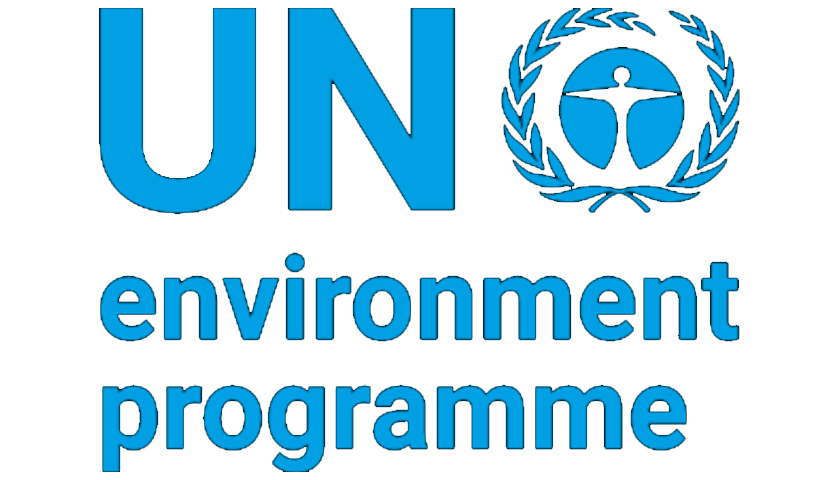As world leaders gear up for negotiations at COP29 in November, the UN-convened Net-Zero Asset Owner Alliance (NZAOA) publishes its fourth Progress Report revealing significant progress towards net zero commitments, including reductions in absolute financed emissions of at least 6% on average annually. The Alliance calls on governments to implement policies to support further portfolio decarbonisation and the net-zero transition in the wider economy.
Members representing 98.9% of the Alliance’s total assets under management (AuM) have now set Paris-aligned 2025² decarbonisation targets. Members have used the four-pronged framework set out in the Alliance’s Target-Setting Protocol – requiring them to set an engagement target, and at least two out of three of either sub-portfolio, sector or climate solution investments targets.
The 12 new members that have set their targets for the first time in 2024 have all set both their sub-portfolio and climate solution investments targets, together with mandatory engagement targets.
With the addition of new members, a total of 79 asset owners have chosen to set sub-portfolio targets. On average, members targeted a reduction of 26 per cent by 2025 for bonds, equities, real estate, and infrastructure. These reductions are aligned with the Paris Agreement and the IPCC Sixth Assessment Report pathways for achieving net zero greenhouse gas (GHG) emissions by 2050.
The target-setting methodologies for sub-portfolio targets cover almost half, 48% or USD 4.3 trillion, of members’ total AuM. Portfolio coverage is up from 42% in the previous year, demonstrating the growing robustness of the latest and most comprehensive protocol. Sub-portfolio target coverage is expected to increase further once recently-added private assets are phased in.
Günther Thallinger, Board Member, Allianz SE, and Chair, NZAOA, said,
“The Alliance sets a powerful example for meaningful progress. To maintain momentum, governments must implement bold climate policies and define concrete sector-based and investible transition plans with short-term targets to meet their Paris commitments.”
Wendy Walford, Head of Climate Risk at The Legal & General, and Policy track co-lead (from 1st of January 2025), NZAOA, said,
“Despite significant advances in asset owner portfolio decarbonisation, the pace of transition in the real economy remains insufficient, with global emissions continuing to rise each year.”
“As long-term investors, we see the difference between governments’ climate commitments and current policies as unsustainable, and a decisive shift in policy is required to align policy frameworks with the net-zero transition more widely. Governments have the tools – such as carbon pricing – to meet their Nationally Determined Contributions (NDCs), as highlighted in the Alliance’s white paper earlier this year.”
¹ Members shall set targets 12 months after joining or explain why they cannot do so. The 81 members with a combined AuM of USD 9.4 trillion that have now set intermediate decarbonisation targets had previously been reported as representing 98% of AuM rather than the more accurate figure of 98.9% reflected in the report.
² For new members that have set 2030 targets, these have been normalised to 2025.
